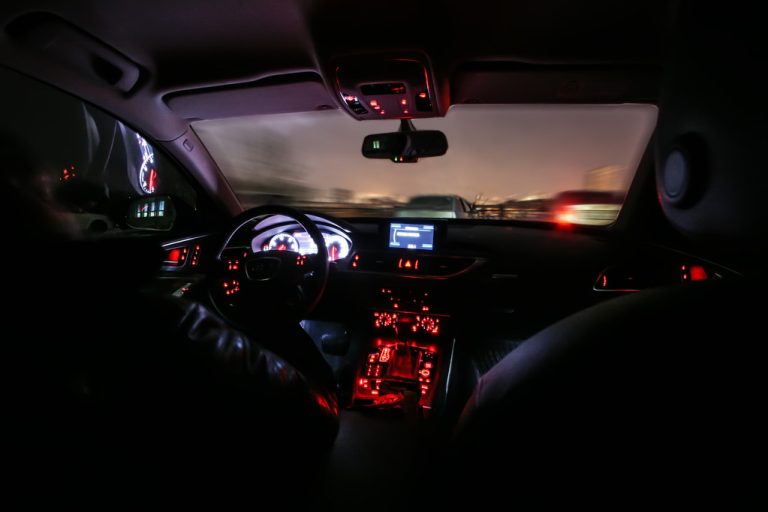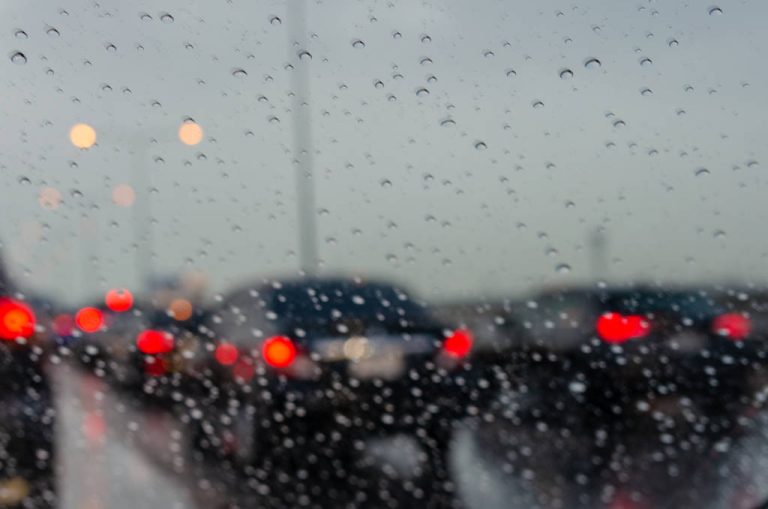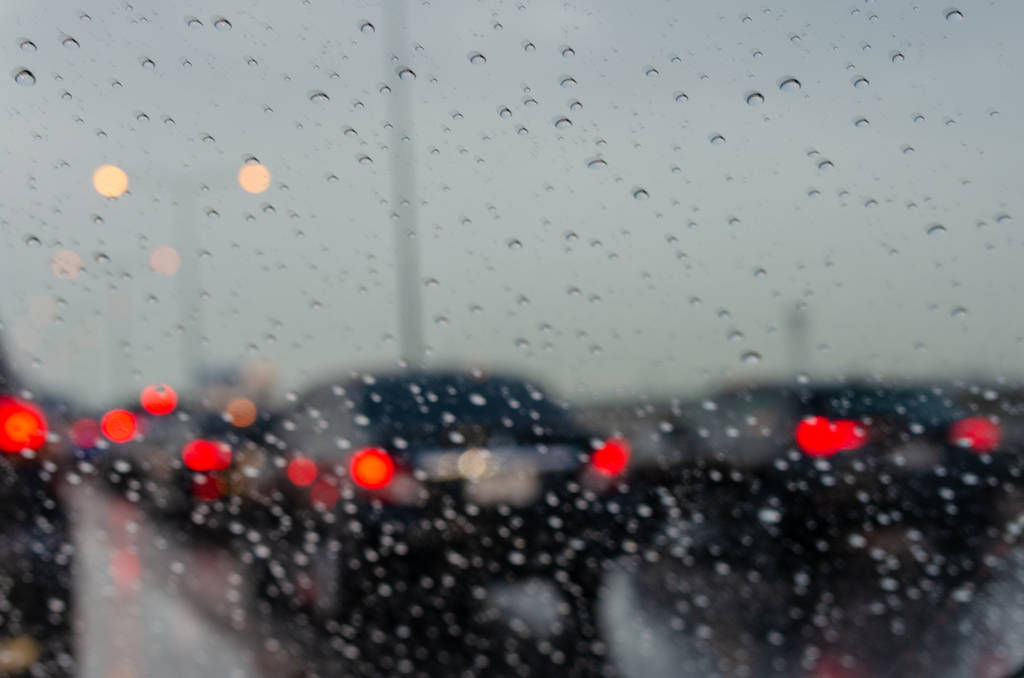Should you not carry your driver’s license with you when driving in order to avoid being checked? This statement by a lawyer causes astonishment.

Curious statement: why a lawyer advises leaving your driver’s license at home
Lawyer Christian Klages uploaded a clip to TikTok in which he says that you should never carry your driver’s license with you, even if it’s actually mandatory. In case of doubt, however, it is better to pay a fine. If you have your driver’s license with you, this can lead to annoying consequences.
If you do not have your driving license with you, it cannot be confiscated. The video by Christian Klages is based on this thesis. This case is supposed to happen much more often than one would think. In particular, the arbitrary confiscation.
What’s behind it?
According to the TikTok lawyer, the police are said to often confiscate driver’s licenses due to unfounded suspicion and on an arbitrary basis. According to Klages, even tired eyes can be enough evidence for the police that you have consumed alcohol or drugs. This initial suspicion should be enough to confiscate the driver’s license.
This one is gone for now. If the tired appearance is even combined with “conspicuous” driving behavior or incorrect blinking, this can have far-reaching consequences. A blood test is requested and the innocence then has to be proven first. However, the results from the laboratory can sometimes take up to three months.
What happens if the driver’s license is confiscated?
During this period, the driver’s license remains with the police. If you are dependent on the car, it is particularly bitter. Although you are not guilty of anything, you face a number of problems.
From this, the lawyer draws the conclusion that it is better to pay a 10-euro fine for not carrying your driver’s license than to run the risk of your driver’s license being confiscated. This statement has caused heated debates and a lot of discussion material.




